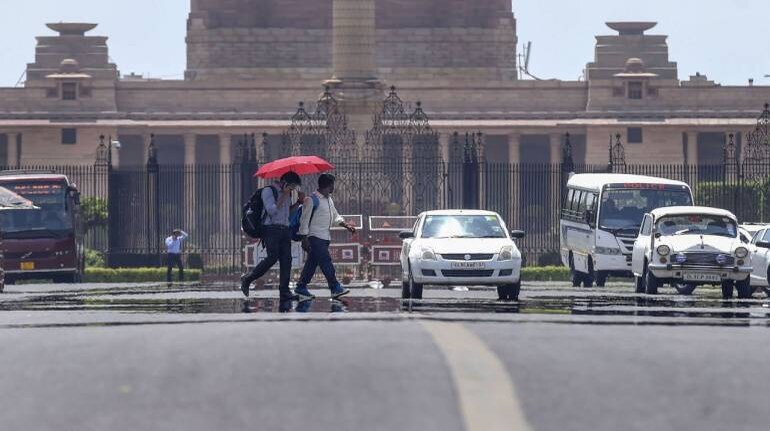Over the past week, most of India, barring the northeast, has been in the grips of a severe heatwave. While maximum temperatures of 45°C were noted across several states, Churu, an obscure little town on the eastern edge of the Thar Desert in Rajasthan, recorded 50.8°C on June 1, which is the highest-ever recorded temperature in the state. On June 10, temperatures in the national capital Delhi breached 48°C, a record for the city.
According to the world weather monitoring website El Dorado, eleven of the fifteen hottest cities in the beginning of June were in India. The IMD, in its seasonal temperature outlook for the summer of 2019, had noted that most regions in the country are likely to face temperatures between 0.5°C and 1°C warmer than normal.
Even the Indian government has taken note. Answering a question in the Lok Sabha on February 6 this year, Harsh Vardhan, the minister of earth sciences, revealed “significant increasing trends” over most of mainland India with regards to the heatwave.
While there can be some scepticism around the numbers regarding heat-related casualties, there has also been a clear movement towards preparedness for heat waves – especially at local levels of government. Following Ahmedabad, the first city to adopt a City Heat Action Plan in 2013, Nagpur and Bhubaneswar also released their own action plans to tackle heat waves a few years ago. While overall preparedness remains at a nascent stage, governments seem to have at least woken up to these routine realities of climate change.
About The Author
You may also like
Companies in BASIC nations are turning carbon rules into an advantage: Report
Air Pollution is Changing the Lightning Patterns in India, Study Finds
Can green trade barriers save the environment?
Brazil Set 60-Day Deadline for Fossil Fuel Phase Out Plan
Temporary CO2 Removal Will Help Offset Methane Emissions: Report

